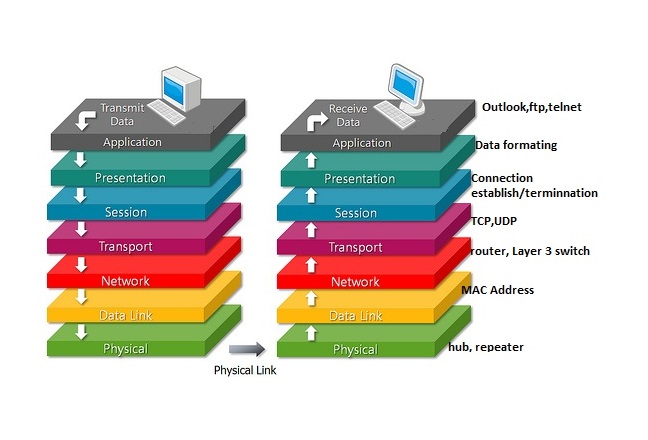Open Systems Interconnection (OSI) model is a reference model developed by ISO (International Organization for Standardization) in 1984, as a conceptual framework of standards for communication in the network across different equipment and applications by different merchants. It is now considered the primary architectural model for inter-computing and inter-networking communications. There are seven layers within the OSI model that serve to differentiate the various hardware and software functions that a network provides. Each layer depends on the proper functioning of the layer immediately below it to provide its raw functionality, which is enhanced and then passed to the next higher layer.
Information Technology
Data Ethics – Meaning, Risks and Mitigation
In the world of today, there is a rising increase in the amount of data being collected each day. This data is further being divulged across several environments, sectors, and industries. In most scenarios, the process of collecting data is really not a big deal but the ability and technicality of managing the large amount of data collected become an unending struggle. The struggle to effectively manage the exploding volume of data has led to increased prominence in the ethical use of data. For this reason and more, it has caused the establishment of policies to ensure there is a check and balance as to how data is being shared with the sole purpose of protecting the integrity of people who own this information.… Read the rest
What is Electronic Records Management (ERM)?
ISO standard 15489: 2001 defines Records Management (RM) as the field of management responsible for the efficient and systematic control of the creation, receipt, maintenance, use, and disposition of records, including the processes for capturing and maintaining evidence of and information about business activities and transactions in the form of records. Electronic Records Management (ERM) guarantees that your company has the records they need when they are needed. Records management is referred to a set of activities that are required for systematically controlling the distribution, use, creation, maintenance, and disposition of all recorded information that’s maintained as proof of business transactions and activities.… Read the rest
Case Study: Siebel’s Solution for Tata Motors
TATA Motors is India’s foremost, and the only fully integrated automobile manufacturer. Established in 1945 as TATA Engineering & Locomotive Company (TELCO), to manufacture locomotives and other engineering products, the company is today among the world’s top 10 producers of commercial vehicles. TATA Motors was also previously known as TATA Engineering. It is today one of the biggest and most prominent companies in the TATA group, with an annual revenue of $1.8 billion in 2001-02. Today TATA motors’ vehicles run in more than 70 countries.
TATA Motors use a manual dealer management system, where every dealer managed details. With legacy-based systems, the environment produced inconsistent data, making interpretations difficult and resulting in inefficient planning for capacity and spare parts.… Read the rest
File Organization Techniques
The basic technology of the data organization is based on a hierarchy. Data must be approached on an organized basis, if it is to be useful, in data processing, the hierarchy of data is described below:-
- A character is any simple number, alphabet or special symbol.
- A data record consists of a group of related data fields(e. g. Employee’s sequential record, customer record, etc.)
- A data field is an area that can hold one organization more characters that, together represents a specific data element(e. g. The name field, the quantity filed)
- A data file is a compilation of related data records maintained in some prearranged order.
Introduction to File Organization
As in our daily life, huge amount of data has to be collected and processed, so it is very difficult to handle it. But this can be handled fast and easily by using files. Files are the mega byte data structure used in information processing. Actually, a file itself is a bunch of bytes stored on some storage devices like magnetic disk, magnetic drum and magnetic tape etc. A file is a collection of records. Each record is made up of fields. The various fields consists of groups of characters, say the decimal digits 0 through 9 and alphabet A through Z.… Read the rest

